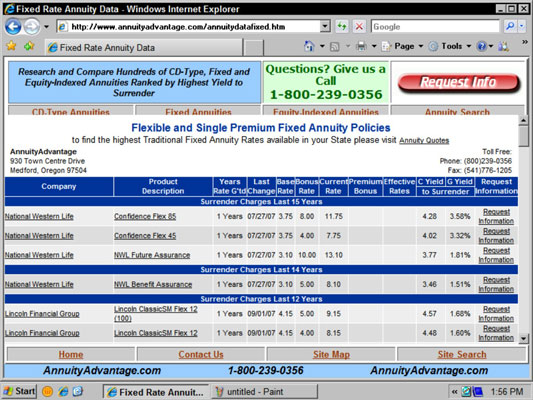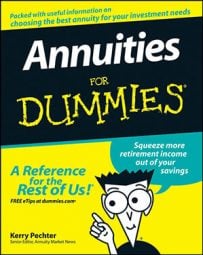At the end of the surrender period, the contract expires. You have to buy a new contract or roll over to it.
Be sure you understand your actual rate; an agent or broker may throw a lot of different terms at you, including all or most of the following:
-
The base rate: The interest rate the company pays you the first year
-
The bonus rate: The bonus the company adds to the interest rate in the first year
-
The current rate: The base rate plus the bonus rate
-
The current yield: The interest rate your money will earn over the entire term of the contract if the company does not lower its base rate
-
The guaranteed yield: The lowest possible interest rate you can earn
-
Renewal rates: The rates after the first year
A table of renewal rates can tell you whether the company has a history of raising, lowering, or maintaining the base interest rates of its single-year guarantee contracts after the first year.
Ask your agent or broker for a renewal rate table, or look up the contract’s interest rate history online. The following figure shows a sample rate table from the Annuity Advantage Web site. (Rate histories are routinely provided to annuity salesmen, but not necessarily to customers.)
 A table of fixed annuity rates from the Annuity Advantage Web site.
A table of fixed annuity rates from the Annuity Advantage Web site.

